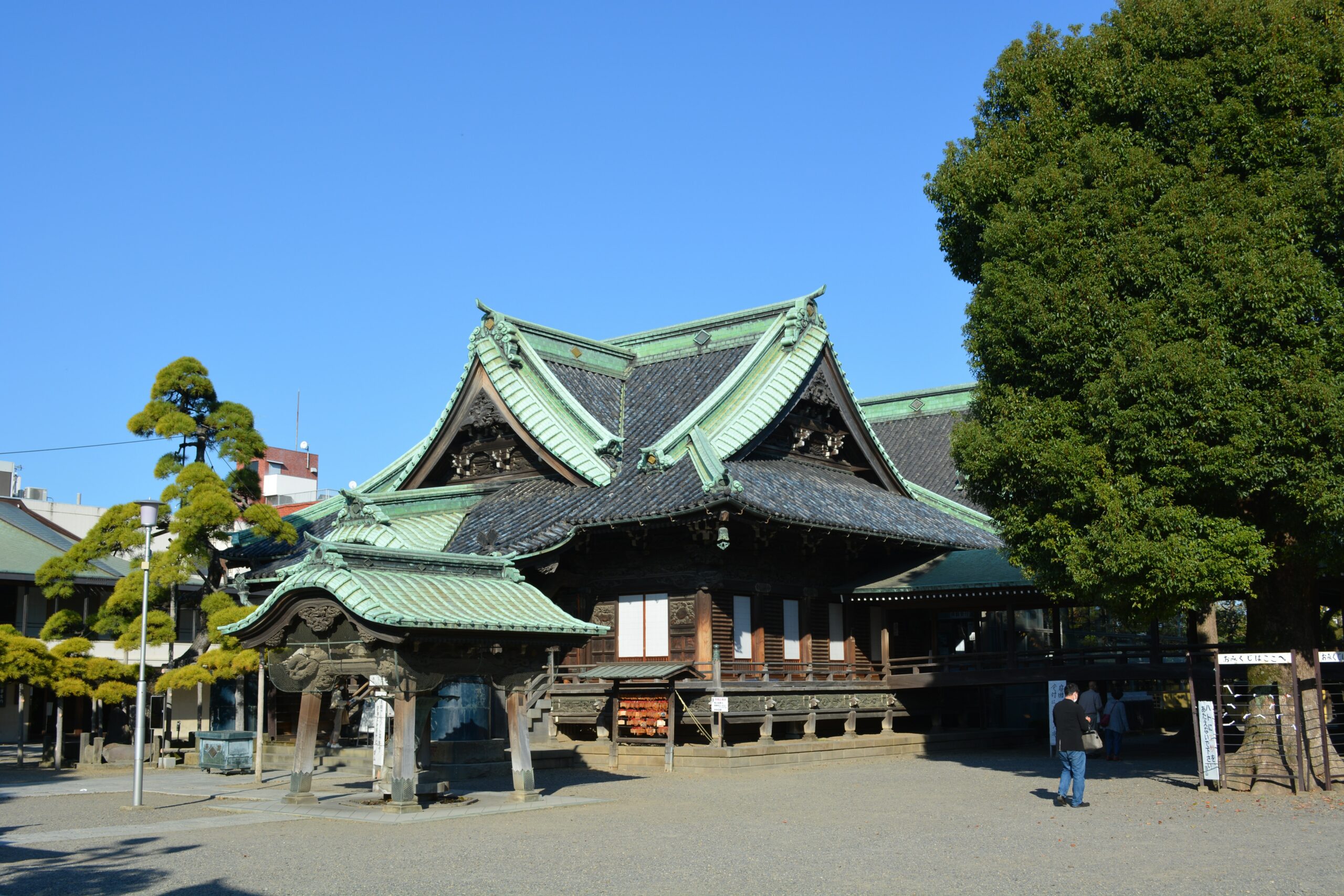The first mentions of souvlaki are found in the Homeric epics, particularly in the Iliad, when Achilles presents a treat to King Priamo with a request to ransom the corpse of his son Hector. A dish of truce, when two men enjoyed for a moment the blessing of peace, which had been forgotten because of the horrors of war.
The royal meal “souvlaki”, a version of light and tender kebab made from small pieces of lamb or goat meat, they are strung on small, specially prepared skewers (skewers).
The ancient Greek writer Athenaeus, in his famous book The Feasting Sophists, describes in detail a dish served in the house of the rich scholar and philanthropist Lorenzo at a symposium, almost exactly like modern souvlaki – meat, small pieces of lamb or goat meat, removed from small skewers after roasting on coals, wrapped in a thin bread tortilla along with cheese and dill.
Souvlaki were common in all Greek cuisines of the time and were prepared in different ways. The word souvlaki comes from “skewer,” which in turn comes from the Latin word Subulus. After the fall of Constantinople, vendors sold souvlaki and pies on the street in addition to fruits and vegetables.
The form of the dish changed with the arrival to Greece of refugees from Asia Minor in 1922. They came to Greece bringing their art and knowledge, including in cooking. The first refugee bakeries were opened in the neighborhoods of Piraeus and New Philadelphia, making souvlaki pies that had not existed in Greece before.
Andreas Zafirakis, one of the refugees in New Philadelphia, Souvlaki bought one of the most famous bakeries of the time and set up the production of pies(pita). Even today, his grandchildren in the same area are carefully and meticulously preserving the traditional recipe and technology for making pita bread.
In all cultures, souvlaki is above all social and class distinctions. It is a food for everyone who honors the indigenous traditions of cooking, respecting their origins. This delicacy like no other has been recreated, supplemented and developed in modern cooking.
Today it comes in unlimited forms: pork, chicken, lamb, beef, halloumi, suzuki and sausage. It’s easy to get confused by the different fillings – onions and parsley, we find it with potatoes, sauces, lettuce, cabbage, paprika, anything we can imagine.
Taste always stirs the imagination and brings us back to personal memories. So, mentally, I participate in a ritualized feast in ancient Greece. The lanterns with essential oils hanging from the poles can’t “handle” the aromas of roasted meat.
Friends begin to take seats on the couch, traditionally washing their feet. The harp and lyre enchant everyone with their first notes. Servants with amphorae full of fragrant wine enter the room. Sauces full of spices and herbs await to accompany the roasted lamb on a gourmet’s inimitable journey.



